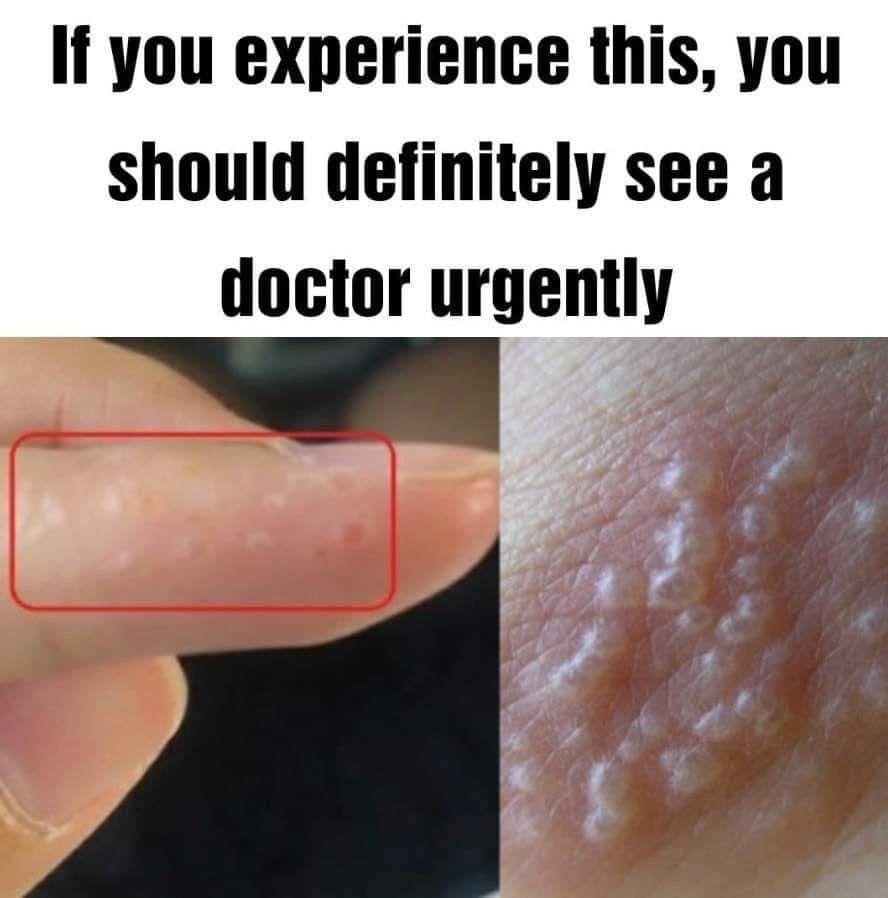Why Summer Can Be a Problem
Increased heat, humidity, and allergens during spring and summer can worsen symptoms of dyshidrotic eczema. Sweat buildup, exposure to irritants like pollen, and frequent hand or foot washing can all exacerbate the itching and blisters.
Caring for Eczema in the Warmer Months:
- Keep Skin Cool: Avoid overheating and excessive sweating. Wear light, breathable fabrics like cotton.
- Moisturize Regularly: Use fragrance-free, gentle moisturizers to prevent skin from drying out.
- Avoid Irritants: Minimize contact with allergens like pollen, harsh soaps, and detergents.
- Hydrate: Staying hydrated helps maintain overall skin health.
- Topical Treatments: Consult a dermatologist for creams or ointments to manage flare-ups effectively.
While summer fun awaits, being mindful of eczema triggers can make the season more comfortable. By taking preventive steps and caring for your skin, you can enjoy the warmer days without letting eczema hold you back.
If you or someone you know struggles with eczema, share this article—it may provide the relief and support they need! 🌞

